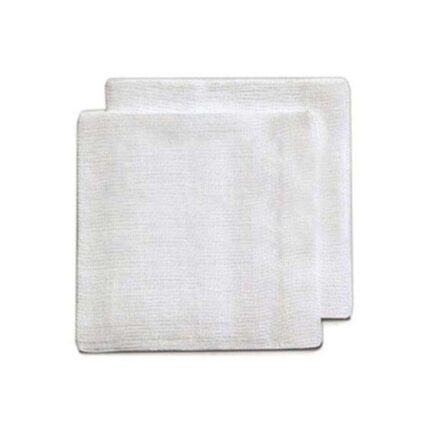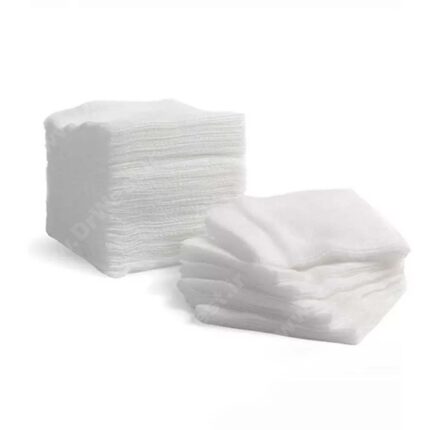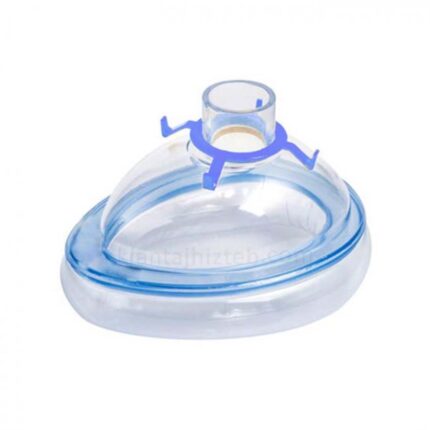Understanding Catheters: Types, Uses, and Benefits
A catheter is a medical device that is used to manage bodily functions when a person is unable to do so naturally. It is typically inserted into the body to perform a variety of functions such as draining urine, administering medication, or providing fluids. Catheters play an essential role in many medical treatments, from helping people with chronic urinary conditions to aiding those recovering from surgery or medical procedures.
What is a Catheter?
A catheter is essentially a flexible tube that is inserted into the body, often through the urethra, vein, or another body opening. The primary function of the catheter is to either drain fluids or deliver substances to specific areas within the body. Depending on the medical condition and its requirements, catheters come in a wide range of types and sizes.
Types of Catheters
- Urinary Catheters
These are used to drain urine from the bladder, typically when a person cannot urinate on their own. They are commonly used in people with urinary retention, spinal cord injuries, or after surgery. Urinary catheters are classified as:- Intermittent Catheters: These are used periodically and removed after draining the bladder.
- Indwelling (Foley) Catheters: These are designed for long-term use, staying in place to drain urine continuously.
- IV Catheters
Intravenous catheters are used to deliver fluids, medications, or nutrients directly into a vein. They are essential in hospitals for patients who need hydration or specific treatments. - Cardiovascular Catheters
These are used in diagnostic or treatment procedures for the heart and blood vessels. They help doctors perform tasks such as angiograms or stent placements. - Arterial Catheters
These catheters are inserted into an artery, usually in the wrist or groin, and are commonly used for continuous blood pressure monitoring or for drawing blood samples. - Peritoneal Dialysis Catheters
For patients with kidney failure, peritoneal dialysis catheters allow the dialysis process to occur in the abdomen, where a special fluid is introduced to filter waste from the blood.
How Does a Catheter Work?
Depending on its type, a catheter can either drain fluids or provide access to certain parts of the body. For example, a urinary catheter is inserted into the urethra to drain urine from the bladder into a collection bag. An intravenous catheter, on the other hand, allows healthcare professionals to administer fluids or medications directly into the bloodstream.
Benefits of Using a Catheter
Catheters can greatly improve the quality of life for patients who need them. Some key benefits include:
- Improved Mobility: For patients who can’t urinate on their own, urinary catheters prevent the need for bed rest or frequent trips to the bathroom.
- Medical Monitoring: Cardiovascular and arterial catheters provide doctors with real-time data to monitor vital signs and make quick decisions.
- Treatment Access: Catheters are vital for administering certain treatments, such as chemotherapy or dialysis, which are necessary for life-saving care.
How to Choose the Right Catheter
Choosing the right catheter depends on the patient’s medical needs, the length of time the catheter will be used, and the patient’s comfort level. A healthcare provider will consider factors such as:
- The specific medical condition being treated
- The duration of catheter use (temporary or long-term)
- Any potential risks of infection or complications
It’s important to consult a healthcare provider before using any catheter, as improper use can lead to complications like urinary tract infections (UTIs) or blockages.
Proper Care and Maintenance
To prevent infections and ensure the catheter functions properly, it is essential to follow proper care guidelines. This includes regular cleaning, monitoring for signs of infection, and replacing the catheter when necessary. Patients should follow their healthcare provider’s instructions closely to minimize risks.
Where to Buy Catheters
If you’re looking for high-quality catheters, parsumashtajhiz is a trusted online supplier offering a wide range of medical equipment, including different types of catheters. Whether you’re looking for intermittent urinary catheters, Foley catheters, or intravenous catheters, parsumashtajhiz provides reliable, safe, and certified products for all your medical needs.
Conclusion
A catheter is an essential medical tool used for draining fluids or delivering medications into the body. From urinary and intravenous catheters to those used in cardiovascular and dialysis treatments, catheters serve a vital role in healthcare. By choosing the right catheter and following proper care guidelines, patients can greatly benefit from these devices. To find the right catheter for your needs, you can visit parsumashtajhiz, a reliable provider of medical products.













Reviews
There are no reviews yet.